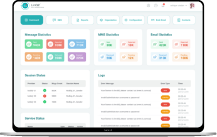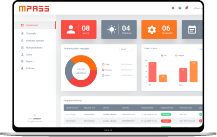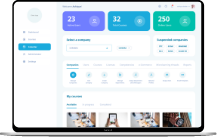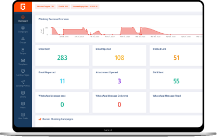With the hit of the global pandemic and its effect on the world, cyber criminals took this to their advantage and capitalized on it through implementing Cyber Threats.
Latest Cyber Threats After COVID19 Pandemic
From the beginning of 2020, people’s lives changed drastically but especially employees and students. Online schooling and working from home are now the new norm and people needed to make this new adjustment while experiencing new threats and tactics from cyber criminals.
Before the pandemic, cyber-attacks were a continuous issue for many but with more educational information on how to catch on to their tricks led to lower percentages of successful scams.
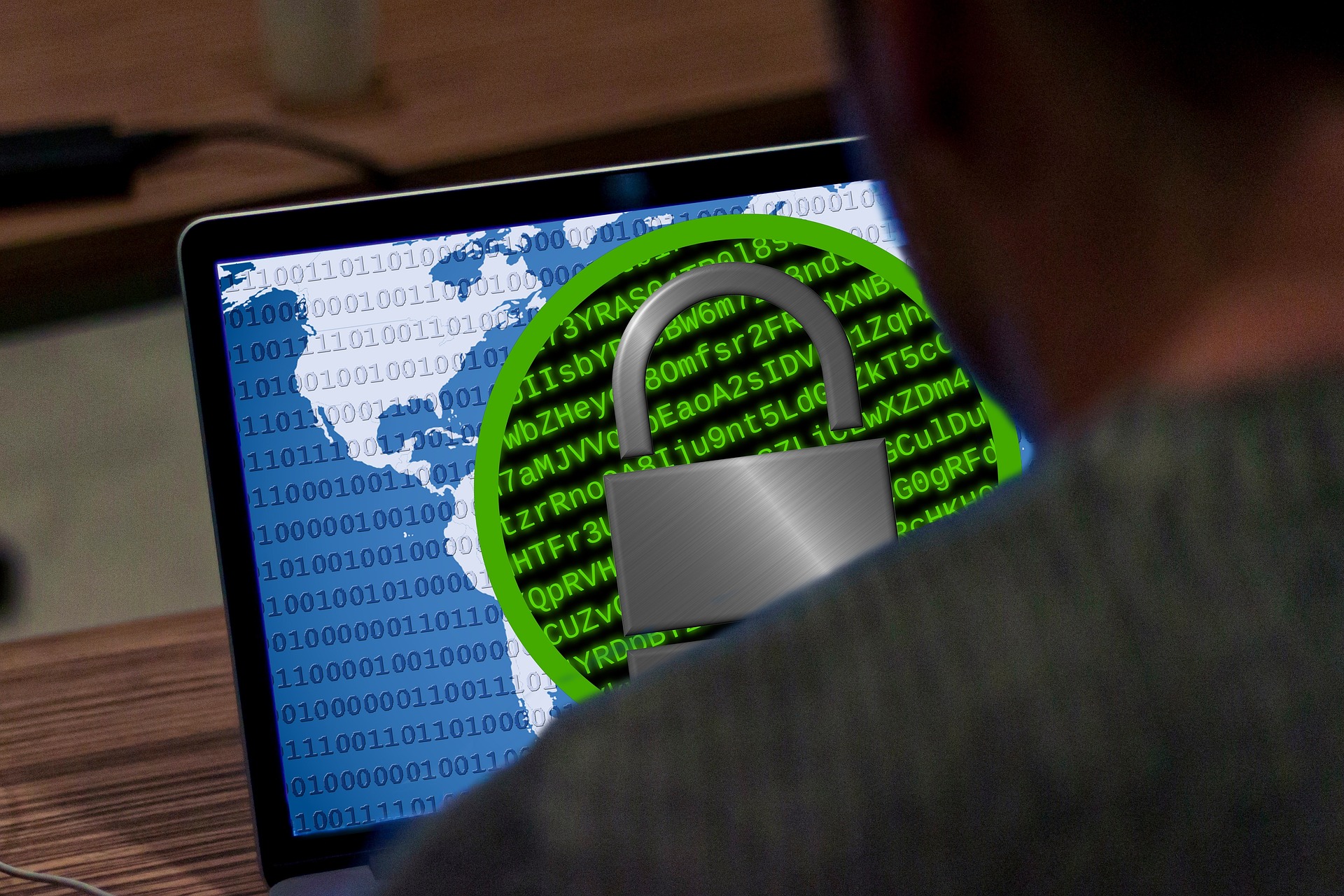
Cyber Threats tactics
The criminals have evolved with their tactics that align with the society’s current needs and weaknesses after the global epidemic, some of these tactics include:
Cyber Threats tactics 1- Ransomware
An investigations and risk consulting firm based in New York City revealed that ransomware is the top cyber threat that occurred in 2020, specifically after the Covid-19 hit.
Ransomware is a type of malware that prevents organizations from accessing their data unless a ransom is paid.
These attackers have been targeting hospitals and labs that are dealing with the newly occurring Covid-19 threatening to reveal the data they obtained despite knowing the pressure and responsibilities they are under.
In many cases, the organizations give in and pay the ransom to prevent further damage. Recently, healthcare organizations have been fighting back.
The United States and Europe were the ones who firstly experienced a wave of ransomware attacks on higher levels during these vulnerable times.
According to a Comparitech study, it was revealed that the attacks which occurred in the US during 2020 approximately cost them $21 billion.
One of the first major ransomware attacks that occurred during the beginning of Covid, was on Hammersmith Medicines Research company based in London, they were carrying out lab trials for potential vaccines.
They were threatened by cyber criminals declaring they will reveal patient’s information if the money was not transferred. Fortunately, with the help of police and their IT employees they were able to gain back control of their systems.
Cyber Threats tactics 2-Email Phishing
Email phishing is one of the most used types of attacks among cyber criminals. It is a cyber-attack where one receives an email believing it is from an organization or a trusted individual while in fact, they are imposters attempting to steal personal information.
The new topic these criminals are using to lure individuals into believing their emails are genuine is anything related to Covid-19, from campaigning for face masks to claiming that they are from WHO (World Health Organization) or the CDC (Center for Disease Control). Due to the face mask shortage at the beginning of Covid, receiving an email notification of available face masks was a miracle.
Many fell for this trick and became victims of email phishing. The emails disguised as from WHO contained links and attachments with updates surrounding Corona, a topic many were attentive to. This led to people clicking on the attachments oblivious to the harm that it can cause.
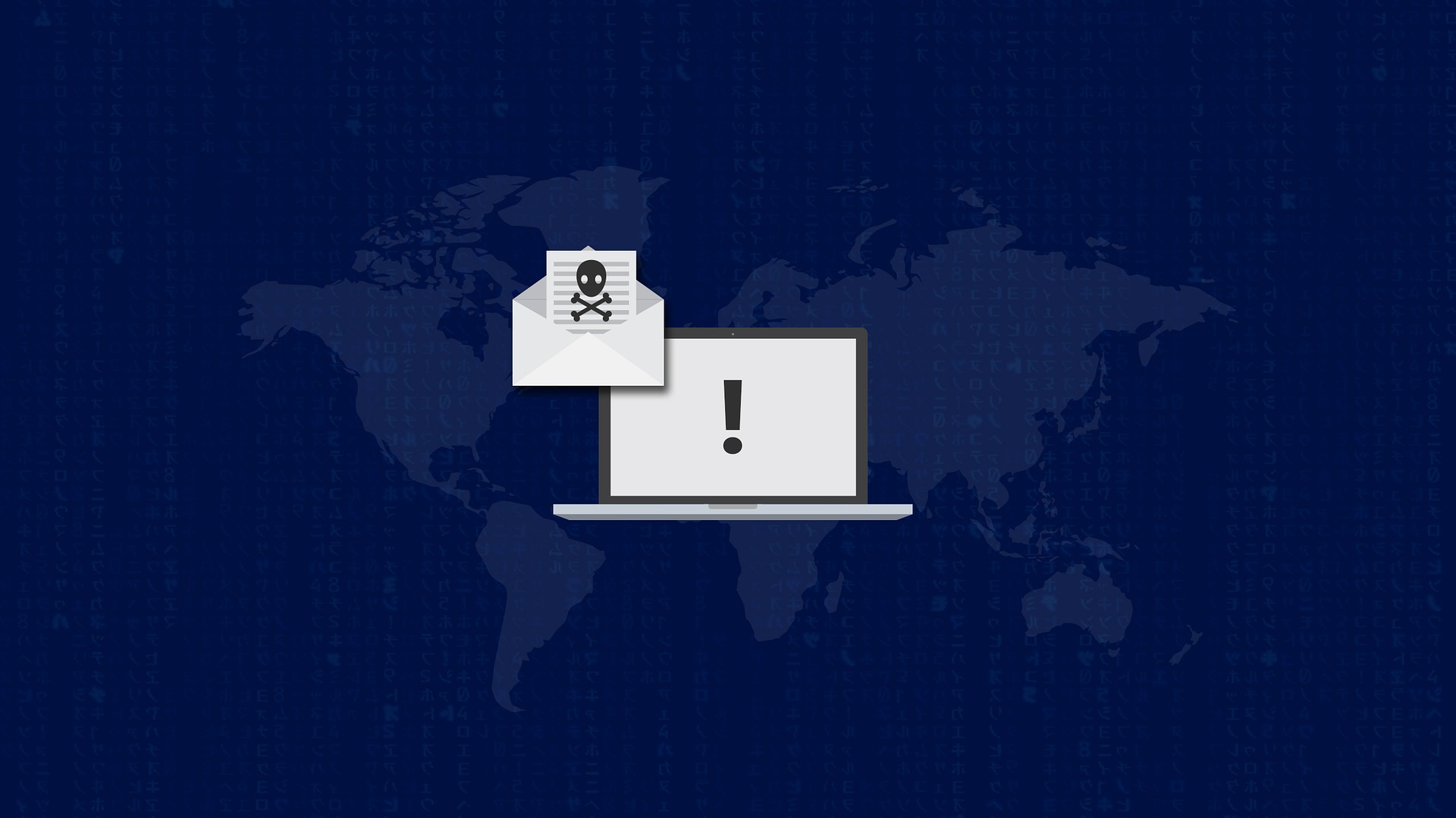
These cyber criminals have become more sophisticated with their new tactics in email phishing. Due to remote learning, they have been more focused on phishing students.
There have been emails sent disguised as the individual’s institute wanting information to update their university accounts and unfortunately, students provided them with that information not realizing they are complying to criminals.
Furthermore, with the recent discovery of the new Covid-19 Vaccine, many phishing emails have been sent regarding this news with an attachment or link claiming to be information or a form to sign to be able to receive the vaccine.
but in fact the attachments could install a malware or even key loggers which monitor the victim’s keystrokes and saves each number or word they type in.
With every recent change that occurs around the issue of Covid-19, attackers quickly adapt and find new ways to take advantage.
Cyber Threats tactics 3-Replication of Sites/ Push Notifications
This next tactic is the replication of government sites to Phish people into entering their personal and card information believing they will receive financial support due to being affected from the pandemic.
This tactic is successful in result of the financial loss people suffered from losing their jobs or their businesses being shut down. They insensitively capitalized on these peoples struggles and used it to their advantage to reach their goal.
Also, since students have begun remote online learning, these attackers took this into consideration and planned their next attacks. They created fake zoom links and notifications and sent them out with intent to install viruses or collect personal information.
In addition to that employees, which starting from 2020 were required to work from home, in America reaching 88% during that year (Gartner, Inc. 2020 survey of 800 global HR executives), are experiencing the same scams as students receiving Skype, zoom, teams, etc. notifications and links from their place of work but in reality, it is a trap.
What to Look out for cyber threats email protection?
Sign’s people should look out for to prevent any future damage include:
– When you receive an email make sure to double check the email domain its being sent from, because there are small details cyber criminals use to trick their victims. For example, when an individual receives an email from the World Health Organization, they would not use a public email domain such as “@hotmail.com”.
– Never download or open any unexpected or unsolicited attachments as they can contain viruses/malware.
– As for receiving push notifications or links to websites your familiar with do not hastily click it instead look out for misspellings which is a hint to their trap.
Conclusion
With the changes of working from home and the outbreak of the Covid-19 pandemic, cyber criminals took this to their advantage and found multiple new ways to phish information from society.
Due to people being anxious and in search for answers about the pandemic they tend to not check the source of the emails and messages they receive leading them to a be taken advantage of.
With the emergence of these new circumstances new attack tactics emerged as well.
Since these new tricks have been uncovered, hopefully online users are more aware and educated on this problem and stay updated with the recent attack vectors used by cyber criminals.
Don’t be a victim to their latest traps!
Share this article:
Popular

Tips To Be Cyber Protected While Traveling
Goodbye worry! A safe journey in the digital world With all the modern wonders of the digital world, we trust communication technologies on our journeys. There is no doubt that the travel experience is always more beautiful and enjoyable, but it can also pose a range of risks, especially when it comes to cybersecurity. Travelers may fall victim to phishing, Wi-Fi network spying, and theft of their personal data, which can make their journey filled with worries and tension. With the increasing prevalence of cyber threats, it is essential for travelers to follow some guidelines to protect their devices and ...
1st Apr 2024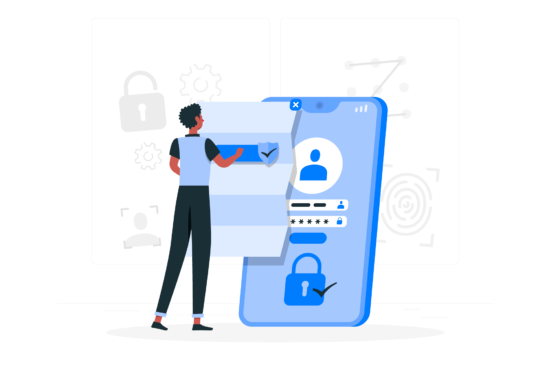
Push Authentication: A New Era in Multi-Factor Authentication
Want To Say Goodbye To Passwords and OTP Codes? Discover Push Authentication! It is easy for your password to be compromised through phishing attacks, even if it meets the cybersecurity strong password standards and is difficult to predict So we must get to know the technique of Push based Authentication. Some may recommend that you use Multi-Factor Authentication (MFA) to increase your security. Multi-Factor Authentication (MFA): MFA is the process of logging into your account through multiple steps. It requires you to enter more information, not just your password. But there is another obstacle that arises when using such ...
14th Feb 2024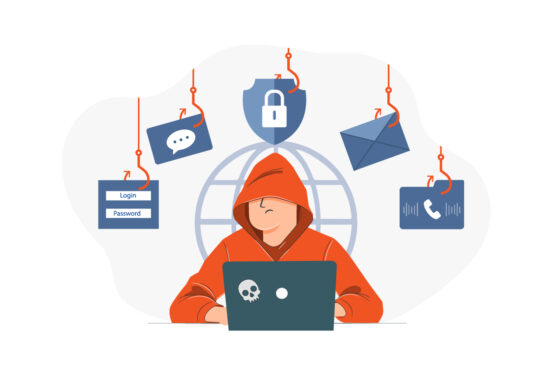
The Difference Between Phishing Attacks
The Difference Between Phishing Attacks Phishing attacks are harmful attacks used by criminals to steal personal and financial information from individuals and businesses. Attacks on individuals and businesses are becoming more common as we use the internet and technology more often in our daily lives. Phishing attacks involve the use of dishonesty and fraudulent methods to fool consumers into believing they are interacting with the trustworthiness of an unsuspecting destination, such as banks, email companies, or social media platforms. But what is the difference between phishing attacks? How can individuals and organizations protect themselves from such attacks? That is what ...
17th Jul 2023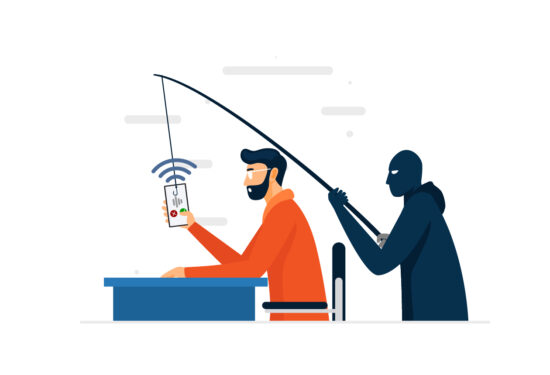
Understanding of the Vishing Meaning
Understanding of the Vishing Meaning Vishing, a combination of “voice” and “phishing,” is a sophisticated form of cybercrime that exploits voice communication to trick individuals and extract sensitive information. In this comprehensive guide, we will explore the meaning of it, the dangers associated with it, and effective methods to protect yourself against these malicious attacks. What is Vishing meaning? Vishing refers to the fraudulent practice of using telephone services to trick individuals into revealing personal and financial information. Scammers often pose as trusted organizations or individuals to gain their victims’ trust. By using social engineering tactics and manipulating ...
5th Jul 2023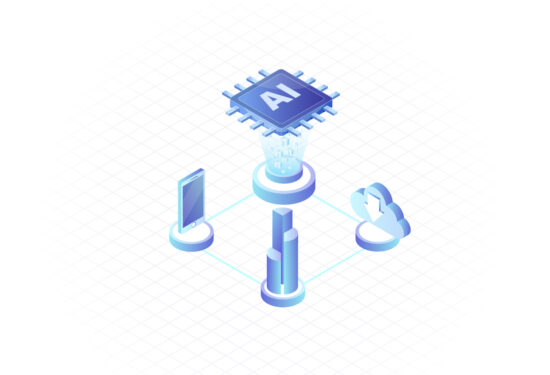
How could Artificial Intelligence tools threaten cybersecurity
How could Artificial Intelligence tools threaten cybersecurity? As Artificial Intelligence Tools become more sophisticated, they can be used to launch cyber attacks that are more complex and difficult to detect. In this article, we will explore how AI tools could threaten cybersecurity and what measures can be taken to mitigate these threats. Artificial Intelligence (AI) became popular today, and it is one of the most important terminologies in our current era, though it has been around since the 1950s. AI relies on the development of systems and technologies that help to do tasks by the simulation of human intelligence ...
11th May 2023
Cerebra is participating at GISEC 2023
We are thrilled to announce that we are going to GISEC 2023 and would like you to join us! Visit Cerebra at GISEC 2023 Hall #4 stand SP62 in Dubai World Trade Center from 14-16 March. GISEC Global is the leading gathering ground for the cybersecurity community worldwide. Top cybersecurity enterprises from 40 countries, CISOs from major corporations across the Middle East, Africa & Asia, government dignitaries and cyber leaders, regional and international innovators, and global experts collaborated to lead cybersecurity transformations across sectors and nations decisively. Get a chance to preview our latest Cybersecurity products: PhishGuard is the Phishing stimulations solution that raises the employees cybersecurity awareness ...
13th Mar 2023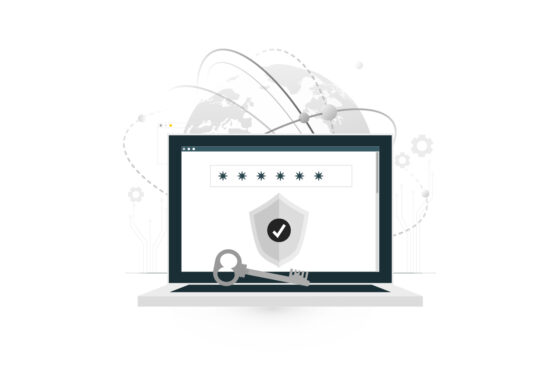
6 Tips to create a strong password easily!
Create a strong password easily! Today it’s very important to everyone who have an account either on social media or any other websites or services to Create a strong password, because you have to treat your password as your best stuff’s and protect it from others. Learn now the easiest and best tips you have to follow to make a strong password.. What is Password? A password is a string of characters that provides access to a digital system or service. It is a crucial security measure that helps to protect sensitive information from unauthorized access. Passwords can be as simple as a word ...
1st Feb 2023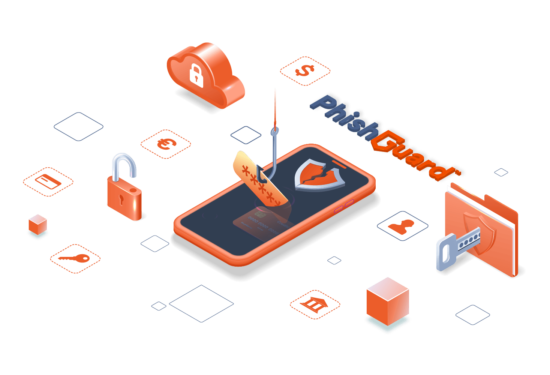
Employees and cyber security: dangerous statistics about Phishing
Employees and cyber security The relationship between employees and cyber security this days must be tight and your company have to give it the right care if you want to keep your data and your business secure.. According to insights from our leading Phishing simulation tool PhishGuard, 58% of users in Saudi Arabia have opened at least one phishing email. These insights reveal that at least one out of four employees have interacted with a phishing email, either by clicking on a link or downloading a malicious attachment. In some cases, employees have gone further and submitted their personal information ...
26th Oct 2022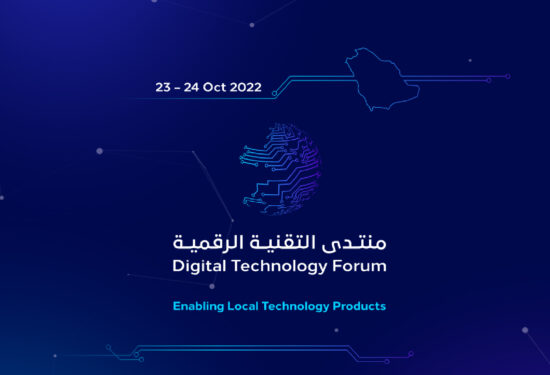
LinQ2’s Participation at CITC Digital Technology Forum 2022
We are happy to announce that our product LinQ2, has been chosen to participate in CITC annual Digital Technology Forum, in addition to being nominated for the Top Technical Product award. The theme of this year’s forum is “Enabling Local Technology Products“. The Communication & Information Technology Commission (CITC) has recognized our efforts and achievements with our enterprise messaging gateway LinQ2. As our product can seamlessly and securely process messages from and to applications and systems, as well as have the ability to integrate with different channels and connection options. We at Cerebra continuously strive to become one of the ...
20th Oct 2022
